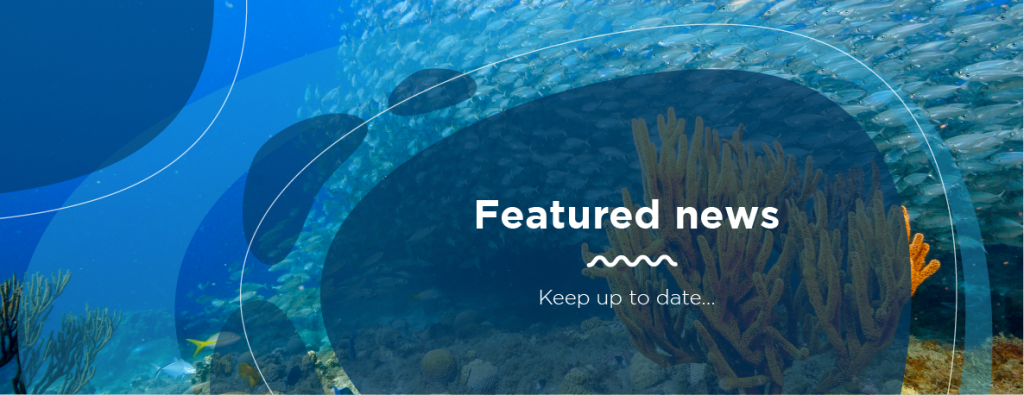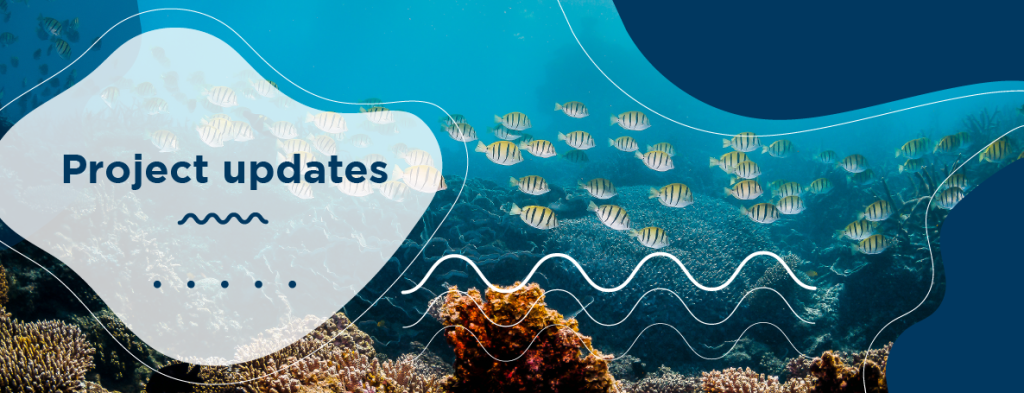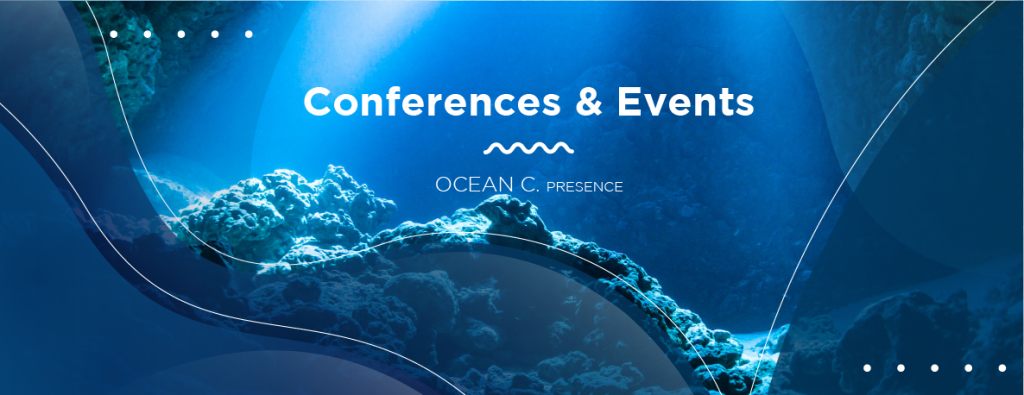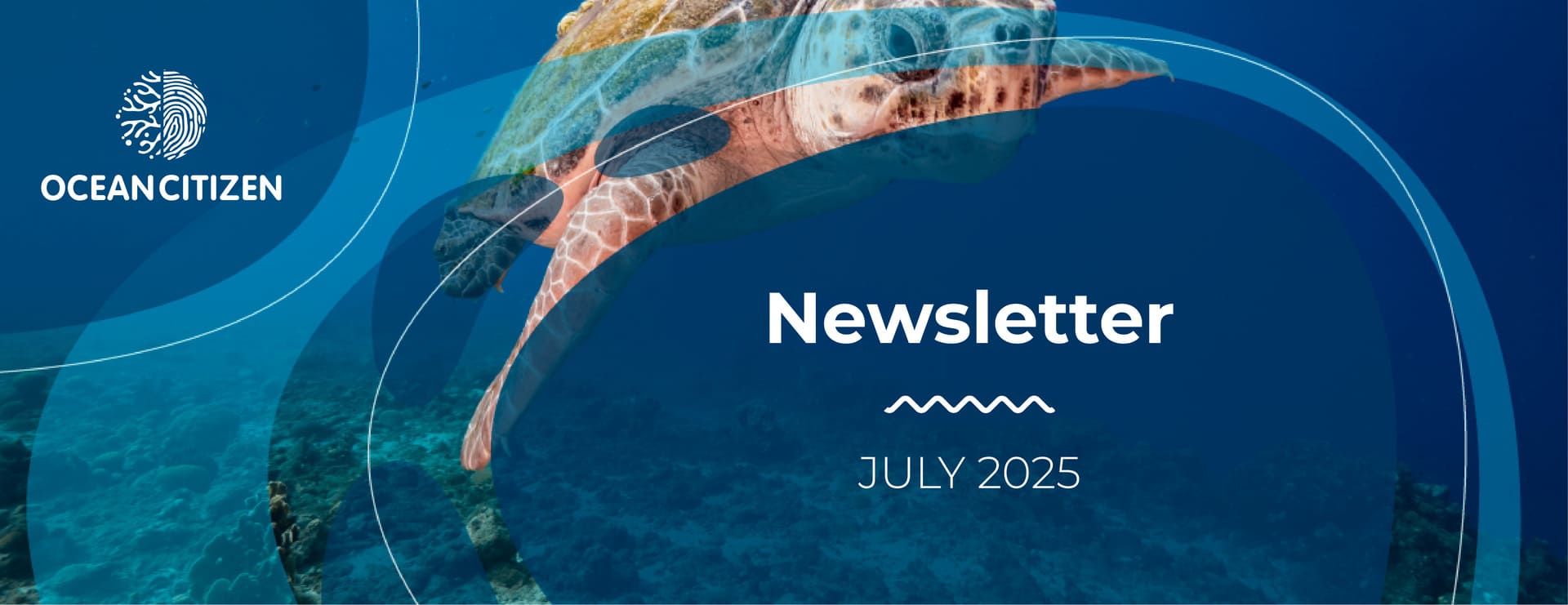WORDS FROM SORBONNE UNIVERSITE - CENTRE NATIONAL DE LA RECHERCHE SCIENTIFIQUE (CNRS)

Welcome to the seventh edition of the OCEAN CITIZEN newsletter!
By Katell Guizien
One of the objectives of Sorbonne University-CNRS in the Ocean Citizen project is to provide scientific guidance based on marine connectivity predictions to anticipate best locations for restoration action.
Why is it important to be able to predict marine functional connectivity in Marine Restoration Projects?
All fixed organisms, such as corals, oysters, and seagrasses, rely on ocean currents to disperse larvae and colonize new habitats. As a consequence, the diversity of species colonizing artificial reefs for instance will depend to which natural habitat those artificial reefs are connected. If natural habitats are out of reach, larval supply to restored sites may be insufficient. Similarly, transplantation to disconnected locations will not benefit to the natural populations. Strategic placement of restoration sites within connected networks improves recruitment and long-term sustainability. Focusing restoration efforts in areas with high ecological connectivity ensures that benefits spread beyond the immediate site. This "spillover effect" makes passive restoration more impactful and cost-efficient in the long run.
In the project, Sorbonne University-CNRS contribution is to develop a simulation of ocean current around the Balearic Islands that will support simulations of larval dispersal transported by these invisible underwater routes. Larval dispersal simulations will be analyzed to evidence the connectivity network among the fragmented rocky habitat in this area and analyze its spatial structure for guiding strategic placement of restoration.


THE NECESSITY OF CONNECTIVITY IN MARINE RESTORATION PROJECTS: A CORE PRINCIPLE IN OCEAN CITIZEN
Active or passive restoration efforts aim to reverse these damages, but many projects fail to consider a critical factor: ecological connectivity. Connectivity refers to the physical and biological linkages between different marine habitats that allow the movement of species, nutrients, and energy.

HOW KELP AND SMART REEFS COULD HELP COD RETURN TO PORSANGERFJORDEN
Once brimming with cod, the inner reaches of Porsangerfjorden in Northern Norway are today eerily quiet beneath the waves. For decades, various causes have taken a severe toll on local fjors cod populations. As part of the OCEAN CITIZEN project, we at IMR are helping to lead ambitious restoration effort grounded in science, local knowledge and innovative technologies.

FROM THE COAST TO OCEAN DEPTHS: OCEAN CITIZEN FIELD UPDATES
From environmental monitoring in gorgonian restoration sites in Tarragona to the study of canopy-forming algae and benthic fish communities in Tenerife, the project continues to generate valuable data to inform further marine restoration efforts. Here is a summary of the main activities conducted so far this year.
ADVANCING CORAL RESEARCH THROUGH PHOTOGRAMMETRY
Within the OCEAN CITIZEN project framework, a productive collaboration has been formed between two of its partners: V-Corals and UBICA. This partnership aims to innovate monitoring techniques while simultaneously improving coral farming procedures.
SMART REEFS AS A GAME CHANGER FOR MARINE ECOLOGICAL RESTORATION
A key technological innovation within OCEAN CITIZEN is the SER (Smart Enhancing Reefs), designed to accelerate ecological restoration by providing structurally complex substrates ideal for the colonization of targeted marine species.
UNDERSTANDING BEFORE RESTORING: A NEW CHAPTER IN OUR COMIC SERIES

At OCEAN CITIZEN we are celebrating World Oceans Day by releasing the second edition of our comic series, continuing our story initiative to shine a light on the project’s work in ocean restoration and the science behind it.
“First understand, then restore”

OCEAN CITIZEN AT THE SECOND EDITION OF THE EUROPEAN OCEAN DAYS

From the 3rd to the 7th of March 2025, Brussels hosted the second edition of the European Ocean Days, a week-long series of events dedicated to European marine topics. The initiative brought together researchers, policymakers, youth, and industry leaders to discuss the conservation of Europe’s marine ecosystems and the advancement of its blue economy.




